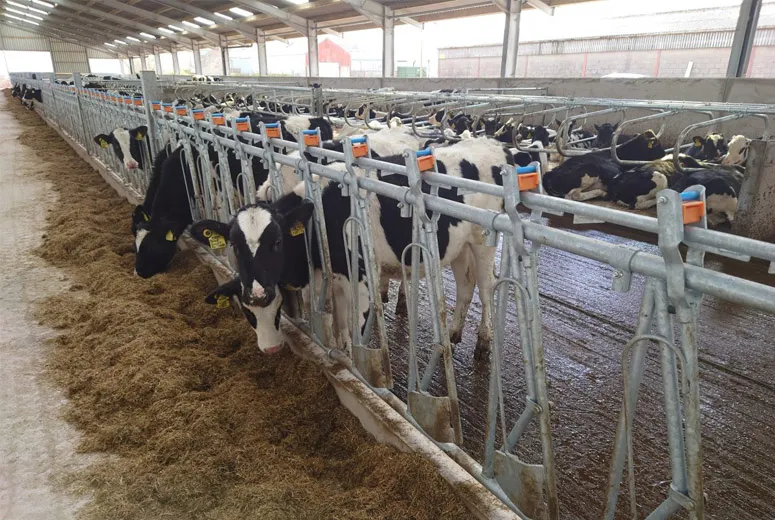- Afrikaans
- Albanian
- Amharic
- Arabic
- Armenian
- Azerbaijani
- Basque
- Belarusian
- Bengali
- Bosnian
- Bulgarian
- Catalan
- Cebuano
- Corsican
- Croatian
- Czech
- Danish
- Dutch
- English
- Esperanto
- Estonian
- Finnish
- French
- Frisian
- Galician
- Georgian
- German
- Greek
- Gujarati
- Haitian Creole
- hausa
- hawaiian
- Hebrew
- Hindi
- Miao
- Hungarian
- Icelandic
- igbo
- Indonesian
- irish
- Italian
- Japanese
- Javanese
- Kannada
- kazakh
- Khmer
- Rwandese
- Korean
- Kurdish
- Kyrgyz
- Lao
- Latin
- Latvian
- Lithuanian
- Luxembourgish
- Macedonian
- Malgashi
- Malay
- Malayalam
- Maltese
- Maori
- Marathi
- Mongolian
- Myanmar
- Nepali
- Norwegian
- Norwegian
- Occitan
- Pashto
- Persian
- Polish
- Portuguese
- Punjabi
- Romanian
- Russian
- Samoan
- Scottish Gaelic
- Serbian
- Sesotho
- Shona
- Sindhi
- Sinhala
- Slovak
- Slovenian
- Somali
- Spanish
- Sundanese
- Swahili
- Swedish
- Tagalog
- Tajik
- Tamil
- Tatar
- Telugu
- Thai
- Turkish
- Turkmen
- Ukrainian
- Urdu
- Uighur
- Uzbek
- Vietnamese
- Welsh
- Bantu
- Yiddish
- Yoruba
- Zulu
Nov . 23, 2024 16:43 Back to list
Steel Frame Building Construction A Modern Approach to Structural Integrity
Steel frame buildings have revolutionized the construction industry, facilitating innovative architectural designs and providing robust structural integrity. The use of steel as a primary material in building construction has increased significantly over the past century, largely due to its strength-to-weight ratio, durability, and versatility.
Advantages of Steel Frame Construction
One of the foremost advantages of steel frame construction is its high strength combined with low weight. This allows for longer spans between supports, creating open spaces that are highly desirable in modern architectural design. Unlike traditional building materials such as wood and concrete, steel does not warp, twist, or shrink, ensuring the structural stability of a building over time. Additionally, steel is non-combustible and does not decay, contributing to the longevity and safety of steel frame buildings.
The speed of construction is another significant benefit. Steel components are often pre-manufactured in factories and delivered to the construction site for assembly, drastically reducing on-site labor time and overall project duration. This streamlined process enables faster project completion and allows for quicker occupancy. Moreover, the precision engineering of steel parts lends itself to a reduction in errors, which can result in cost savings and less waste.
Design Flexibility and Architectural Innovation
The flexibility of steel also extends to architectural design. Steel frame systems allow for a variety of forms and shapes that would be challenging or impossible to achieve with other materials. Architects can experiment with innovative designs, creating visually striking structures that push the boundaries of conventional building. The adaptability of steel frames can accommodate changes or expansions, allowing buildings to evolve without necessitating major renovations.
Sustainability Considerations
steel frame building construction

As environmental concerns grow, steel's sustainability attributes cannot be overlooked. Steel is one of the most recycled materials in the world, with a recycling rate of over 85%. This aligns with sustainable building practices and reduces the demand for new raw materials. Additionally, steel structures can contribute to energy efficiency through better thermal performance when combined with modern insulation techniques. The use of steel in construction is increasingly seen as a responsible choice for environmentally-conscious builders and developers.
Challenges and Solutions
Despite its advantages, steel frame construction is not without challenges. One significant concern is susceptibility to corrosion, which can compromise the structural integrity of a building. However, this can be effectively managed through protective coatings and regular maintenance. Furthermore, steel's high thermal conductivity can lead to energy inefficiencies unless appropriate insulating materials are utilized.
Another challenge is the need for skilled labor for the fabrication and assembly of steel structures. The construction industry must continue to invest in training and education for workers to ensure that high-quality standards are consistently met.
Conclusion
Steel frame building construction is undoubtedly a cornerstone of modern architecture and engineering. Its numerous benefits—including strength, speed, design flexibility, and sustainability—make it a preferred choice for a wide range of building projects, from skyscrapers to residential homes. As technology advances and construction methods evolve, the role of steel in the building sector is likely to expand even further. The continued emphasis on quality control, maintenance, and skilled labor will ensure that steel remains a top choice for those looking to construct durable and innovative structures.
In summary, the steel frame construction method not only meets the demands of contemporary building practices but also sets the stage for future innovations in design and sustainability. With a focus on addressing challenges such as corrosion resolution and training, the industry can harness the full potential of steel to build a safer, more efficient, and more aesthetically pleasing built environment. As cities continue to grow and evolve, steel frame buildings stand ready to shape their skylines for generations to come.
-
How Do Prefabricated Steel Structures Transform Modern Construction?
NewsJul.14,2025
-
How Do Prefabricated Metal Buildings Redefine Modern Construction?
NewsJul.14,2025
-
How Do Prefab Insulated Metal Buildings and Steel Structures Revolutionize Modern Construction?
NewsJul.14,2025
-
How Do Pre - Engineered Steel Structures Redefine Modern Construction?
NewsJul.14,2025
-
Advancing Modular Construction with Prefabricated Metal Structures
NewsJul.14,2025
-
Advancing Industrial Infrastructure with Prefabricated Steel Solutions
NewsJul.14,2025
Products categories
Our Latest News
We have a professional design team and an excellent production and construction team.












